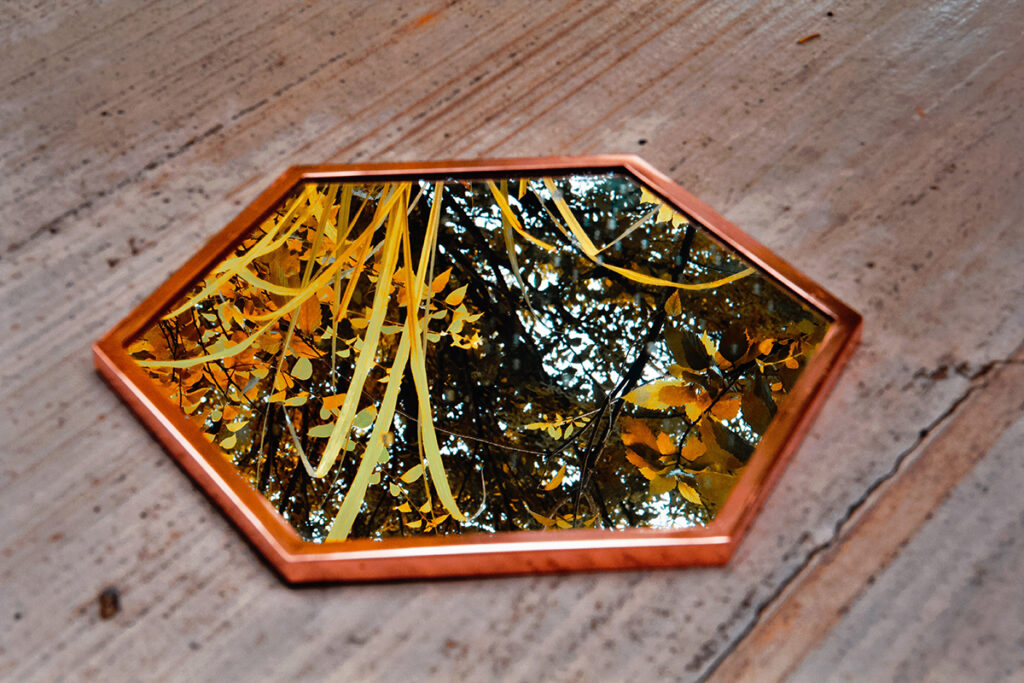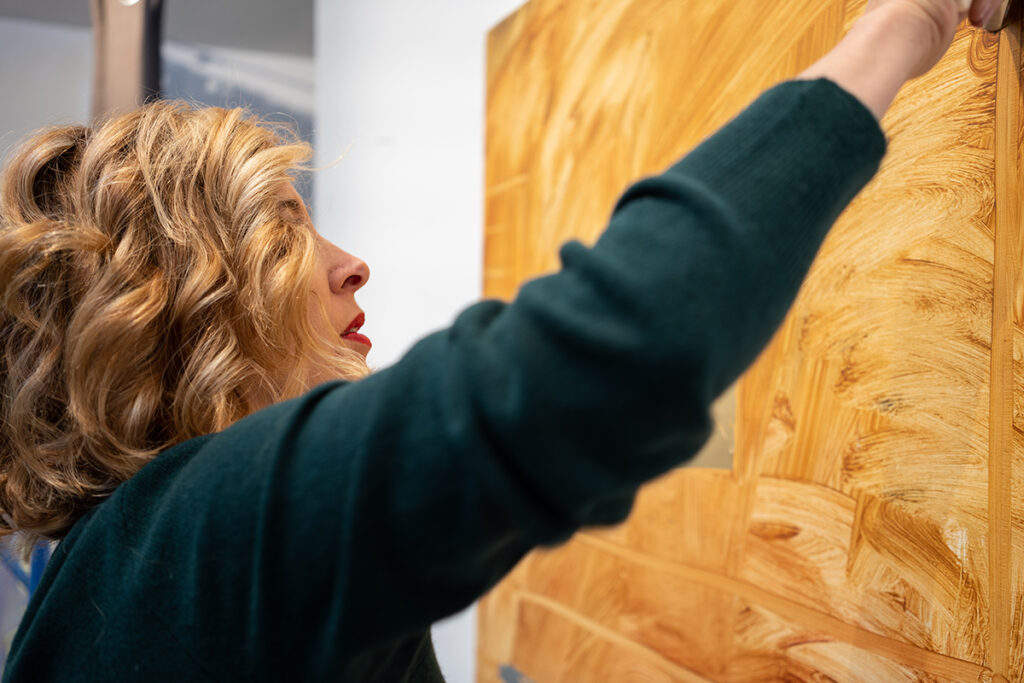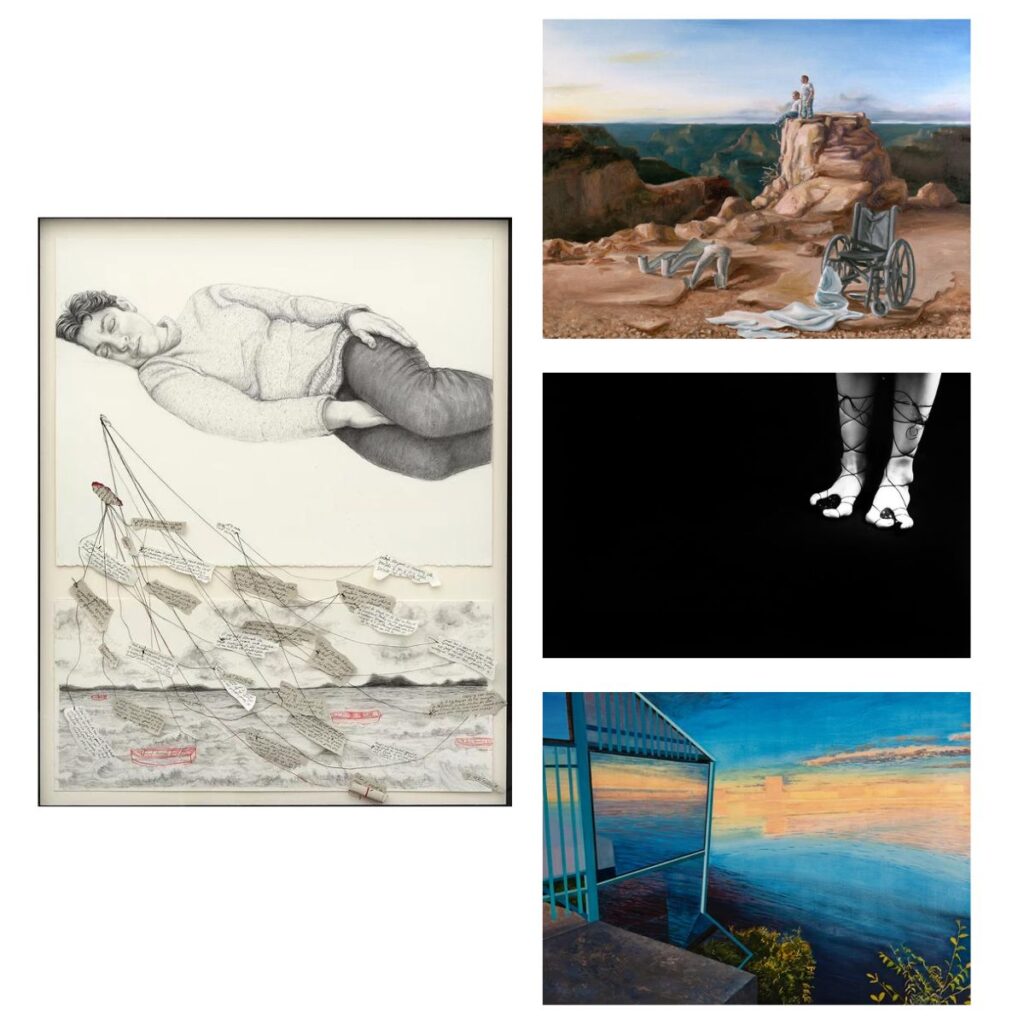Note: This report will use Individuals Initial Language given that we do not know the reader’s desire.
The phrase “disability” may possibly feel unpleasant to use, let alone train about, in the art room! What if I really don’t say the suitable detail? What if I really don’t know adequate facts about it? What if it singles learners out and would make them uneasy? There can be lots of “what ifs,” and which is ok! It’s good to ask thoughts because it signifies curiosity and can recognize an region to expand in. Let’s extend ourselves and our artwork curriculums and investigate what it can glance like to combine artists with disabilities and why it issues.
What are the advantages of integrating artists with disabilities into your curriculum?
Just before diving into this question, let us set up what a incapacity is and some other baseline phrases. This will make it possible for us to go ahead on the very same web page.

Comprehending the principle of home windows and mirrors can be helpful when contemplating the benefits of integrating artists with disabilities. While this refers to tales, the similar can be applied to artwork. Soon after all, artworks are visible stories. Men and women see the exterior environment as a result of a window. If we use artwork as a window, we can use it to expose pupils to record, new views, and encounters. Mirrors permit us appear at ourselves. Artwork can mirror our students’ complicated identities. When it does, it can empower learners and “build relationship and a perception of belonging.”
Bringing artists with disabilities into lesson programs can be one more window of human range to expose our learners to new perspectives and ordeals. This publicity can make further connections inside an artwork or approach. This greater recognition can also create empathy and make our learners additional curious learners. It can also widen our individual “understandings of human variation and differences.” Artists with disabilities can be a mirror for learners who have a incapacity and remind them they belong in the artwork space.
Listed here are nine tips to hold in brain as you include things like artists with disabilities in your artwork place and curriculum.
Get in touch with an admissions counselor to master far more about Artwork and Varied Learners, Alternative-Centered Artwork Education, and Educational Approaches for Art Academics. In these graduate programs, you will master inclusive procedures and how you can promote alter in your classroom to support all learners come to feel found and realize success.
1. Increase artists organically.
Involve artists with disabilities if and when it matches inside your present lesson strategies. There is no have to have to make a big deal out of it or draw particular focus to the artist. Introduce them just like you would anyone else.
The inclination can be to admire artists with disabilities, framing it with, “Look what they overcame!” Although this can be inspirational, it can also be detrimental. When “particular person artists are admired for their capability to develop perform equivalent to other equipped-bodied artists… [it] affirms the perception of individuals with disabilities as limited in their routines, as very well as the idea that artists with disabilities aspire to be like ‘normal’ artists.” Many people today with disabilities and artists with disabilities “do not automatically want to ‘emulate the norm…’ instead, they have full and gratifying lives they could not consider residing any other way.”
2. Screen artwork on your walls.
Just like with any other artist, if you like an artist’s function, dangle it on your wall! Viewing it on your wall every day may remind you to reference that artist additional frequently. Earning function easily available will also encourage your college students as they make inventive choices everyday. It is also a way to replicate broader thoughts of what is “normal” and suitable.

3. Take into account the language you use.
Text have energy and can shape how we see the environment. Take out ableist language to improved body conversations. Ableist language assumes a particular person with a disability is of lesser value. For distinct illustrations of how to get rid of ableist language, browse this short article.
4. Incorporate a wide range of artists.
Keep in mind, disabilities come in all styles and dimensions. Some may be cognitive, and some may well be bodily. Some disabilities may perhaps be evident, and some may well be hidden. The most common artists with disabilities art lecturers share are kinds who “… predominantly signify North American and European artists who developed operate in the last 1 hundred and fifty several years.” Broaden your scope and include artists from numerous time intervals and nations. Reference a vast array of artists and disabilities when achievable to demonstrate learners how beautifully diverse artists and people today can be. Pupils will “… identify disability for its commonality… relatively than its exceptionality.”
5. Point out the incapacity.
All artists, disability or no disability, use their life and encounters to inform their artwork. Disability is a beneficial part of daily life and experiences. Quite a few college students do not have the lifestyle encounter or perception to make connections on their individual. As instructors facilitating studying, we have to have to explicitly point out an artist’s disability so learners can make crystal clear connections.
Numerous lecturers say they share an artist’s disability “when pertinent.” This exercise is problematic mainly because, as stated over, “system and material are inextricably tied to how we inhabit the earth.” It is constantly pertinent! When we withhold this details from our pupils, it can limit their definition of artistic concepts and objects. It can also restrict connections, exposure, and options to increase and understand.
6. Use children’s books.
If you are anxious about talking about disability in entrance of your college students, get a smaller step by reading through a children’s book. This is a minimal-stress way to introduce disabilities and what they can glimpse like with fictional characters. This is also a “scripted way” to deliver a subject matter you are unfamiliar with into your classroom.
Acquire the time to preview guides to be certain they symbolize incapacity in a positive light and do not strengthen stereotypes. “This contains the representation of people today with disabilities as the object of pity, sinister and/or evil, a load, incapable of totally taking part in life, a supercrip, nonsexual, an object of violence, and laughable.”

7. Aim on precise disabilities not represented in your classroom.
In get to cultivate a classroom setting wherever all of your pupils truly feel risk-free, do not one everyone out. Aim on specific disabilities that are not represented in your classroom. Students with disabilities can nonetheless relate and see on their own reflected in the curriculum additional anonymously.
8. Establish history knowledge.
As talked about earlier, pupils frequently do not have the existence practical experience or insight to make connections on their very own. Get the time to construct qualifications awareness, just like you would for any other new matter. Distribute information tales or display movie clips to convey a selection of views about a particular disability.
9. Share personal tales.
Inspire college students to share and participate in the discussion by forging the way. Go to start with and product how to share. If you have a own relationship with a close friend or loved ones member who has a distinct incapacity from your lesson, converse about it. It can make the disability extra “real” for pupils. It can also open the door to pupil concerns you may well be capable to remedy.
Now that you have quite a few recommendations in your repertoire, you might be pondering what artists to showcase. There are many artists with disabilities that are very very likely by now in your curriculum. According to a survey of Illinois instructors, Chuck Close is just one of the most generally referenced artists with a disability due to his paralyzation, followed by Frida Kahlo, who had polio and lifelong injuries from a bus accident.
Other artists by now in your curriculum may include things like:
Get commenced with these seven artists with disabilities.
Be aware: Peruse the inbound links beneath to establish if they’re proper to share with your pupils.

Under is a listing of 7 artists with disabilities, some of whom make Disability Artwork. This is a great record to get you begun if you want to include artists who are at present working towards and exhibiting.
- John Behnke
Behnke bases his fluorescent acrylic paintings on true spots that are altered from his memory or dreams. - Laura Ferguson
Ferguson’s subject matter is her scoliosis and curving backbone. She combines drawings with x-rays and scans to merge the worlds of medicine and visual artwork. - Brooke Lanier
Lanier has retinal detachment, but it doesn’t halt her from painting exquisite waterscapes. - Riva Lehrer
Lehrer’s work is best recognized for her representations of folks with actual physical disabilities who have been stigmatized. - Sandie Yi
Yi is a sculptor and fiber artist who layouts and constructs wearable artwork for her unique entire body morphology. - Stephen Wiltshire
Wiltshire is a British architectural artist with autism and is mute. He draws amazingly in depth cityscapes from memory. - John Wos
Wos has a congenital issue that weakens his bones. He depicts his heightened sensitivity to the world all-around him in his artwork.
Incorporating artists with disabilities is comparable to how you would technique exposing your pupils to any other window of human range. It is really worth the extra hard work and non permanent irritation to ask questions and study alongside your students. The payoff can be gratifying! Scholar engagement and curiosity levels can boost, and college students will cultivate empathy and create connections. We hope the guidelines and artists above equip you to turn into a additional reflective art educator and get began with a much more inclusive art curriculum!
If you want to take a look at extra, below are resources to find supplemental artists with disabilities:
Who is your preferred artist with a disability to share with your students?
What ideas do you have for integrating artists with disabilities into the curriculum?


More Stories
Jan Brueghel the Elder (1568-1625)
How Our Ultra Limited Edition Ventured Into the Unknown
Use Your Mailing List | FineArtViews